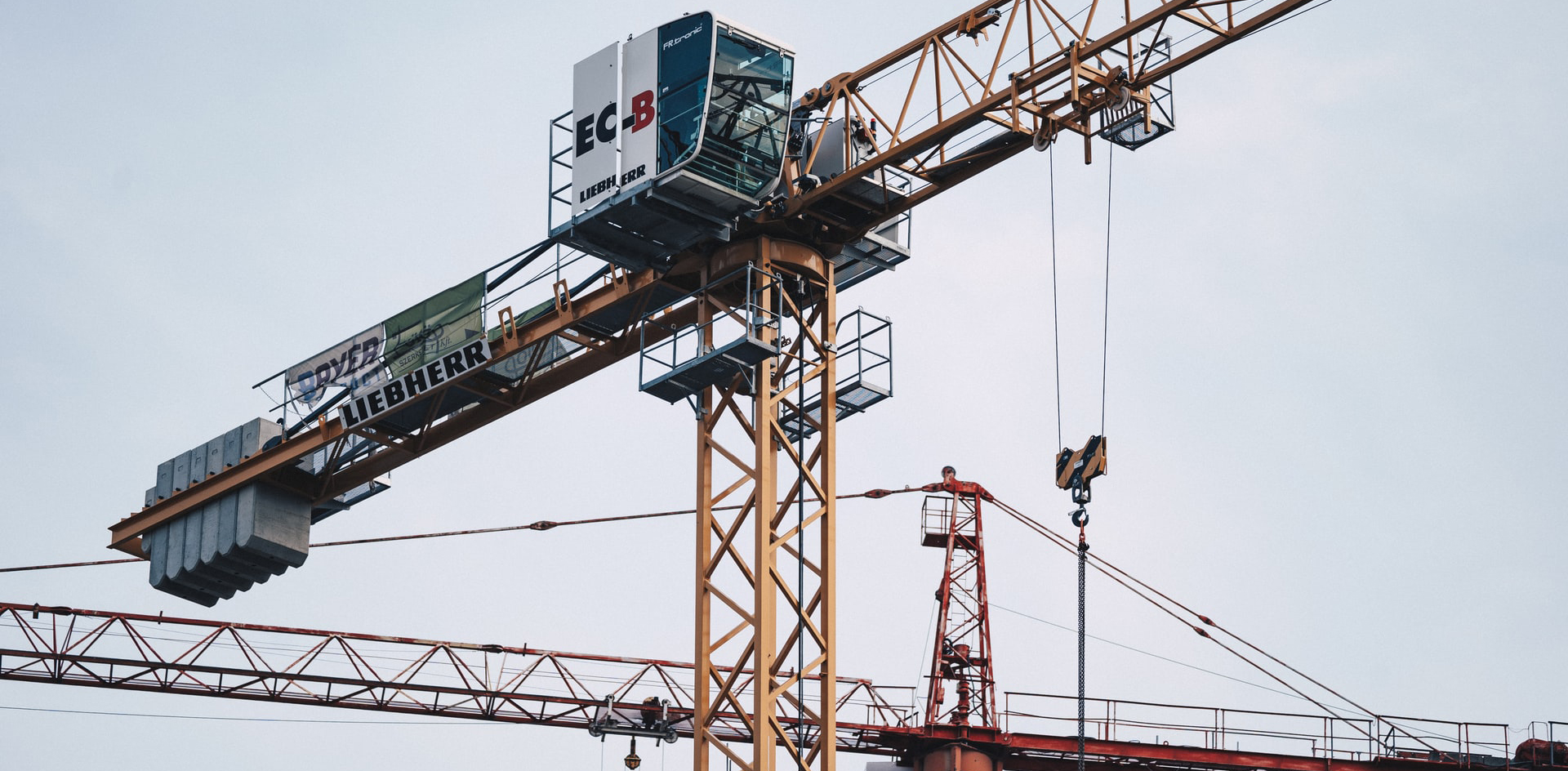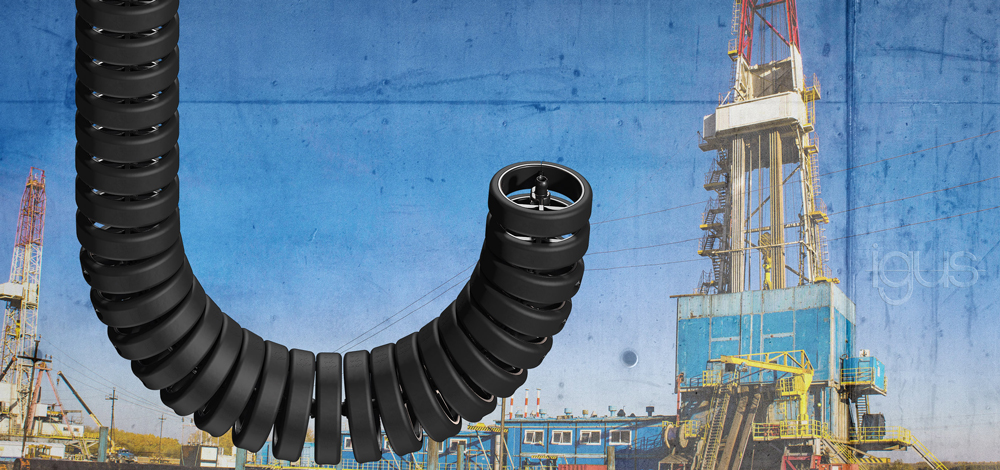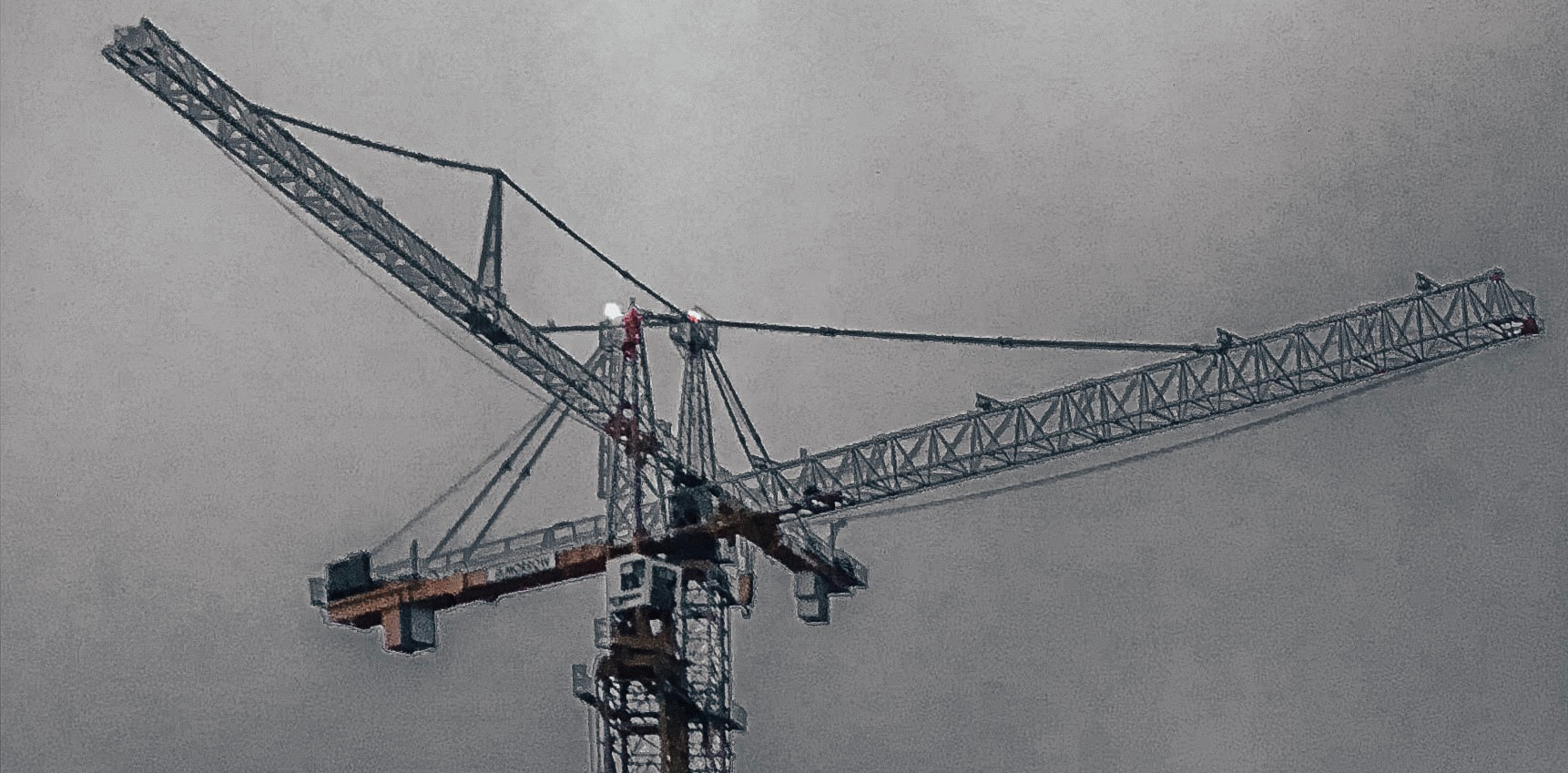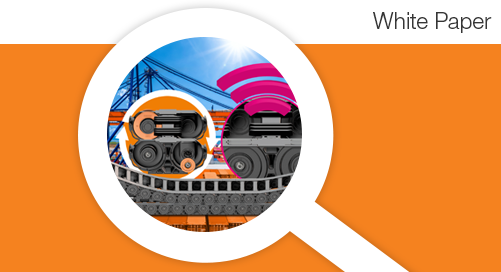
Offshore—an industry where maintenance costs millions, but is it really necessary?
Cable carriers and
cable management solutions on drilling rigs, construction machinery, and offshore applications are cold, wet, dirty and heavy, which can create real stress for not only thick cables and hard hoses, but also for sensitive
bus cables and
data cables. Too much stress can lead to breakages that usually cost a lot of time and money. Even the helicopter or ship used to travel to the breakage point can quickly eat up $50,000 to $100,000. Costly downtime is something no management team or board will be happy about, but by utilizing the
IIoT (industrial internet of things), we have created a solution that will minimize potential downtime more than ever before.

With the new
e-loop system, your system can run for a much longer time. This cable management system is built with thick plastic segments that protect internal media and prolong the time before maintenance is required next. Also, in the case of an emergency, cables and chain parts can be easily replaced individually instead of having to disassemble the entire system like with traditional metal cable carriers. With a longer service life and an easier way to swap out
cables and parts, there is a significant reduction in regard to unexpected service costs. Now, imagine if there was an additional piece of technology installed that prevented the system from being damaged during tilting by notifying users whenever a cable’s service life reached its end. Suddenly, maintaining drilling rigs or
large construction and
agricultural machinery could become a relaxing job!

With the creation of CF.Q system in 2016, we have already introduced a cable condition monitoring system to the market that determines the mechanical condition of a cable via additional material elements and informs the user. This was marketed under the name CF.Q “intelligent cable”. However, the additional elements used usually require a special cable, so we began measuring and testing the condition of Ethernet cables in 2018 by analyzing the used wires within the a previous monitoring system. In the beginning, an industrial PC was inserted into the cable; however, smaller units replaced this method in 2019.
Within our
test laboratory, cables are rigorously tested until “the end of their life”, so that we can accurately document exact service life and not just have to rely on AI. This reduces the overall required calculation effort, allowing for more cost-effective technology approaches.
IoT vs. Harsh Conditions

These external environmental factors can cause a lot of trouble for
offshore applications. Most "service loop systems" cannot survive these harsh elements and the high drive forces can destroy the entire system within just a few seconds. However, this does not have to always be the case—with the
EC.PR system, we measure the forces at the moving end, depending on their position. As soon as these measurements exceed a certain point, the plant gets informed within milliseconds and immediately shuts down. Thanks to the sudden system shutdown, danger has been averted. Additionally, if the system is connected to an ICOM module, the service technician will get informed via intranet or the internet and can clear the blockage remotely in many cases.
Is Offshore Ready for Smart Plastics? Absolutely
With so many innovative industry 4.0 solutions, and all the connectivity that IoT brings, there has never been a better time to create
smart plastic solutions for the
offshore industry. Whether you are operating a
crane on an oil rig in the middle of the ocean, or utilizing a drilling rig on the coast, smart plastic solutions from igus® can not only change the way you maintain your application, but they can also help reduce costly downtimes!
If you feel as though you are ready to reduce costly downtimes with smart technology solutions, please do not hesitate to contact us!


 With the creation of CF.Q system in 2016, we have already introduced a cable condition monitoring system to the market that determines the mechanical condition of a cable via additional material elements and informs the user. This was marketed under the name CF.Q “intelligent cable”. However, the additional elements used usually require a special cable, so we began measuring and testing the condition of Ethernet cables in 2018 by analyzing the used wires within the a previous monitoring system. In the beginning, an industrial PC was inserted into the cable; however, smaller units replaced this method in 2019.
Within our test laboratory, cables are rigorously tested until “the end of their life”, so that we can accurately document exact service life and not just have to rely on AI. This reduces the overall required calculation effort, allowing for more cost-effective technology approaches.
With the creation of CF.Q system in 2016, we have already introduced a cable condition monitoring system to the market that determines the mechanical condition of a cable via additional material elements and informs the user. This was marketed under the name CF.Q “intelligent cable”. However, the additional elements used usually require a special cable, so we began measuring and testing the condition of Ethernet cables in 2018 by analyzing the used wires within the a previous monitoring system. In the beginning, an industrial PC was inserted into the cable; however, smaller units replaced this method in 2019.
Within our test laboratory, cables are rigorously tested until “the end of their life”, so that we can accurately document exact service life and not just have to rely on AI. This reduces the overall required calculation effort, allowing for more cost-effective technology approaches.
 These external environmental factors can cause a lot of trouble for offshore applications. Most "service loop systems" cannot survive these harsh elements and the high drive forces can destroy the entire system within just a few seconds. However, this does not have to always be the case—with the EC.PR system, we measure the forces at the moving end, depending on their position. As soon as these measurements exceed a certain point, the plant gets informed within milliseconds and immediately shuts down. Thanks to the sudden system shutdown, danger has been averted. Additionally, if the system is connected to an ICOM module, the service technician will get informed via intranet or the internet and can clear the blockage remotely in many cases.
These external environmental factors can cause a lot of trouble for offshore applications. Most "service loop systems" cannot survive these harsh elements and the high drive forces can destroy the entire system within just a few seconds. However, this does not have to always be the case—with the EC.PR system, we measure the forces at the moving end, depending on their position. As soon as these measurements exceed a certain point, the plant gets informed within milliseconds and immediately shuts down. Thanks to the sudden system shutdown, danger has been averted. Additionally, if the system is connected to an ICOM module, the service technician will get informed via intranet or the internet and can clear the blockage remotely in many cases.



